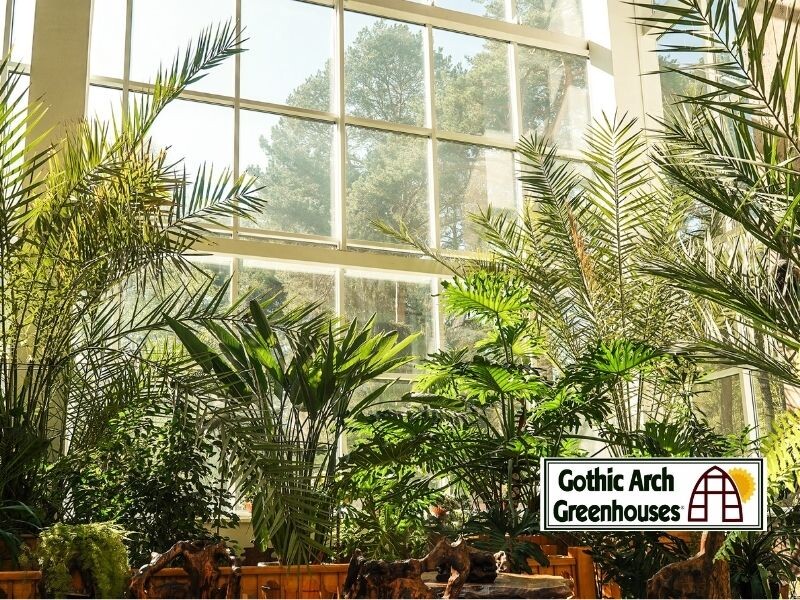
Novices, hobby gardeners and commercial growers rely on greenhouses to protect their plants from pests and the elements to ultimately extend their growing seasons.
To meet the needs of the everyone from the beginning gardener to the experienced commercial operation, greenhouses are available in many sizes and structures.
Start by understanding these structures, and you can determine which one is right for you and your gardening needs.
Greenhouses vary primarily by shape or construction technique. Below is a list of various structures, along with pros and cons of each.
Conventional/Post-and-Rafter: One of the most common greenhouse structures due to its simple construction, this design is also one of the strongest. The rafter support strengthens the roof, but this also makes it top-heavy. That means the frame must be footed, which increases overall cost.
Pro: The simple design allows for space and air circulation, particularly along side walls, to be maximized.
Con: More materials required than other designs.
A-Frame: Another typical greenhouse structure, the A-Frame offers both simplicity in design and in materials. Combining the roof and the sidewalls to make a single, triangular structure eliminates the extra materials of the post-and-rafter design.
Pro: Fewer materials used means lower costs. Best for planting single rows or just a few plants.
Con: Space can be an issue. Air circulation can be challenging in the corners.
Gothic Arch: The signature product of Gothic Arch Greenhouses, this style features walls that are bent over the frame to make a pointed roof. This technique eliminates the need for structural trusses, as well as needing less construction material.
Pro: The shape of the design allows for easy water and snow runoff. Also conserves heat.
Con: Lower sidewall height may affect storage space and headroom.
Hoop House: Also known as a Quonset design, this structure is a staple for many commercial growing operations. Built from curved or arched rafters, the hoop houses employ aluminum pipes or PVC pipes to create its form.
Pro: Inexpensive relative to other designs. The shape allows for easy rain and snow runoff.
Con: Design is not as inherently sturdy as other frames.
Lean-To: Usually found in home or hobby gardens, this design is attached to an existing structure, such as the back or sometimes side of a home. Because of its location, it offers easy access to available water, electricity and heat.
Pro: Accessible to power, easy to heat and resistant to wind.
Con: Limited interior space makes them a seldom used option in commercial operations.
Shade House: Another option for commercial growers, this design is simply an open-air structure, featuring a fabric roof that is sometimes retractable. This allows for maximum ventilation while protecting tender plants from direct sunlight.
Pro: Not only is this an economical option, but also it helps conserve water—and time spent watering.
Con: Offers limited protection against pests.
Have more questions about which greenhouse structure might be right for your gardening needs? Gothic Arch Greenhouses has more than 70 years of experience serving the horticulture industry!
Call us today toll-free at 1-800-531-4769 to talk with one of our representatives or visit our website at www.GothicArchGreenhouses.com.
